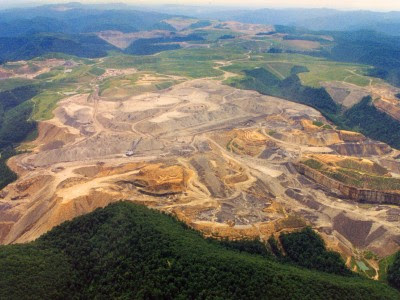pH is the measure of hydrogen ion concentration. It is measured because most aquatic life can only exist within a pH range of 5.5 to 9.5.
Conductivity is the measurement of the water's ability to conduct an electrical current. It is measured because pure water is a poor conductor. Measuring conductivity allows for people to see how pure the water is.
Turbidity refers to the clarity of water. Turbidity is measured to see how much sediment is in the water. Too much sediment can really damage a stream and make it very cloudy.
Dissolved oxygen is a product of photosynthesis and diffusion. The warmer the water is, the less oxygen it can hold. Dissolved Oxygen is measured because most organisms need at least 5 or 6 ppm to survive in that specific water. Too much dissolved oxygen could kill many organisms.
Temperature of water is measured because most aquatic organisms live in a range from 0 degrees to 32 degrees Celsius. Rapid temperature change and temperature extremes could cause a lot of stress on certain organisms.
Alkalinity refers to the water's ability to neutralize acids. Alkalinity is measured because it's important to aquatic organisms. It protects them against rapid changes in pH. Alkalinity is especially important in areas where acid rain is a problem. Too little alkalinity can kill a streams organisms.
E. Coli are coliform bacteria found in the intestines of warm blooded organisms. E. Coli is measured because pathogens can cause severe diarrhea and kidney damage. E. Coli can damage a streams live organisms.

























